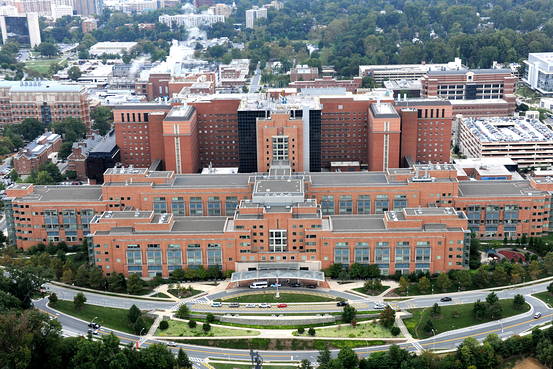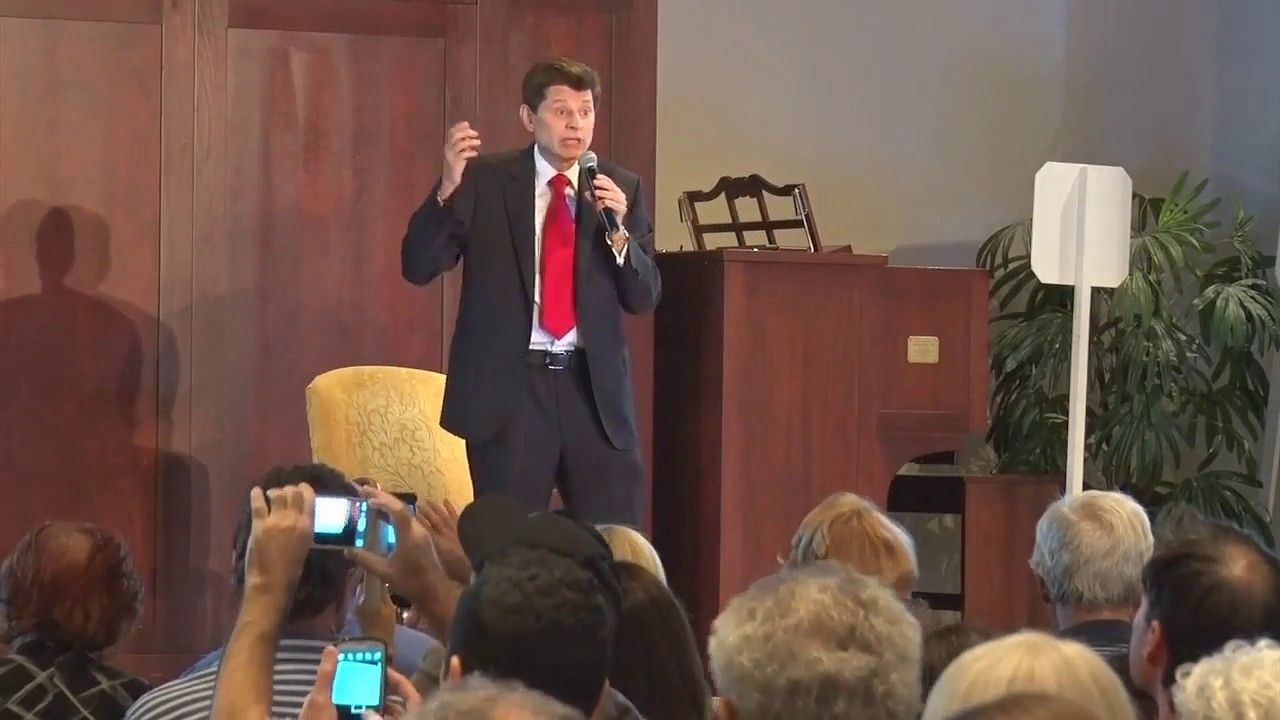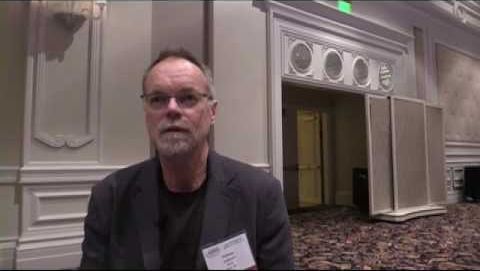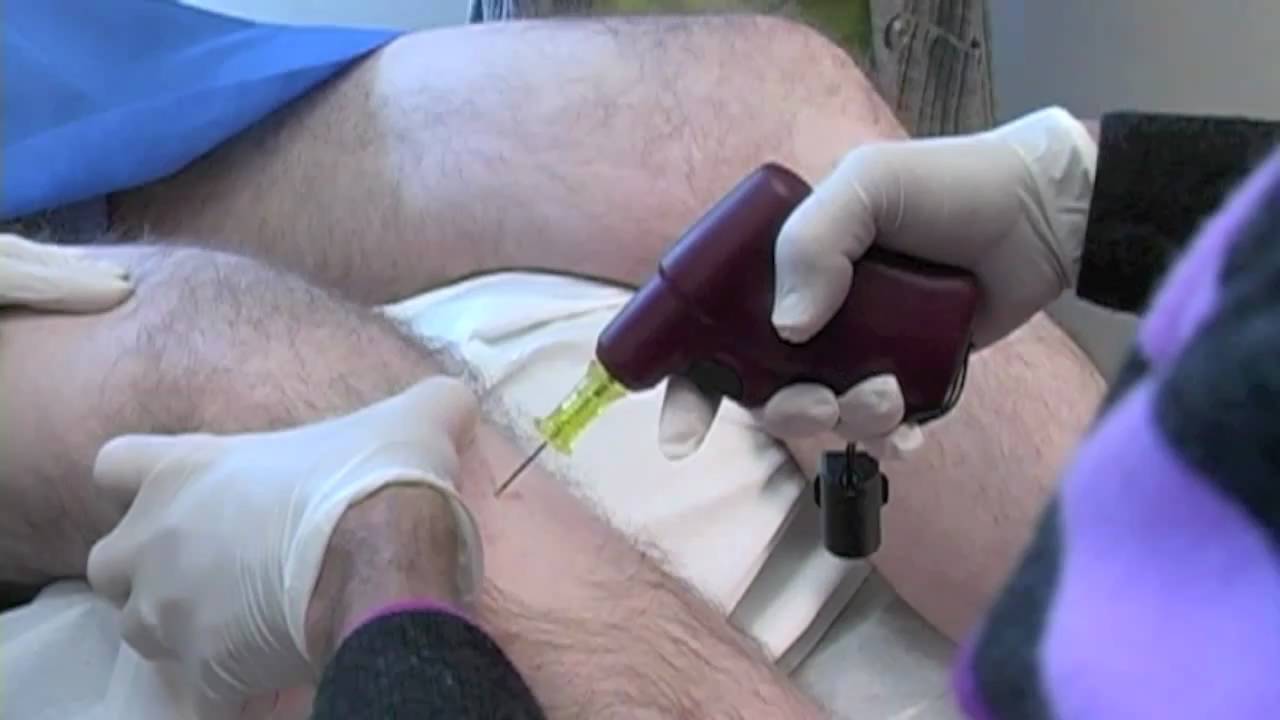Jan 9, 2017
Don’t Thank Big Government for Medical Breakthroughs
Posted by Steve Hill in categories: biotech/medical, economics, government, life extension
Grassroots funding of fundamental science and private enterprize will lead the way in rejuvenation biotechnology not the traditional funding sources from Government which are shrinking every year.
It is important to understand that innovation and progress is unlikely to come from the Government and the traditional grant system which is shrinking every year. Rejuvenation biotechnology will likely be funded with a mix of fundraising for fundamental breakthrough technologies followed by private enterprize taking discoveries to market. This is why supporting science is critcial as relying on the Government to innovate and drive progress is unlikely to yield results anytime soon.
“Today, researchers compete for government grants at increasingly shorter intervals and with diminishing chances of success: Less than 1 in 5 grant applications succeeds. This inhibits risk taking.
Continue reading “Don’t Thank Big Government for Medical Breakthroughs” »


















